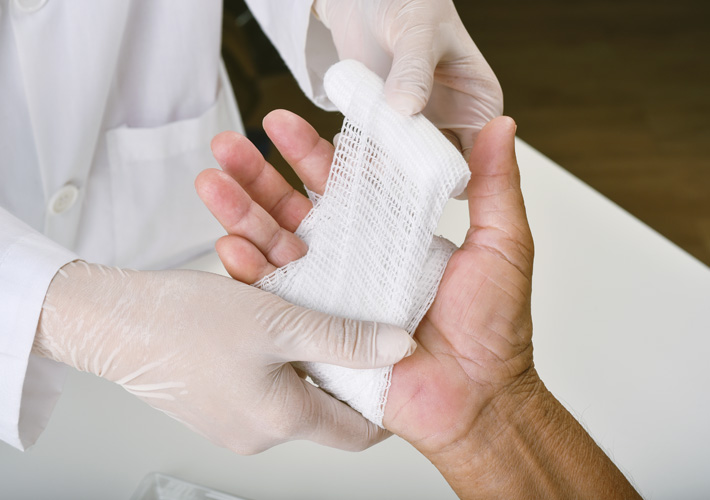
Wound Dressings with Microbial Barrier Properties ASTM E3383
Helping to determine the microbial barrier properties of solid wound dressings, including liquid adhesives, is the purpose of a newly approved ASTM International standard (E3383). ASTM’s pesticides, antimicrobials, and alternative control agents committee (E35) developed the new standard.
According to ASTM member Shazia Siddiqui, the standard will provide a method to test the microbial barrier properties of wound dressings that are labeled as microbial barrier. The test described in the standard is often required by regulatory agencies as one of the in vitro performance tests for submission. Laboratories can also use the standard to test microbial barrier properties of solid wound dressing and liquid adhesives.
Siddiqui notes that one of the characteristics of an ideal wound dressing is to impede microbial penetration from the surface of the dressing into the wound bed. Solid wound dressings claimed as microbial barriers need to be tested to ensure that they don’t allow microorganisms to penetrate and reach the wound.
“Open wounds present a nutritious environment for microbial colonization and without proper care, open wounds can easily get infected and turn into chronic wounds,” says Siddiqui, principal microbiologist, NAMSA. “To protect the wound, we need wound dressings with barrier properties that can inhibit microbial penetration from the environment. This test method will test the wound dressing to be claimed as a microbial barrier.”
This effort directly relates to the United Nations Sustainable Development Goal #3 on good health and well-being.

 SN Home
SN Home Archive
Archive Advertisers
Advertisers Masthead
Masthead RateCard
RateCard Subscribe
Subscribe Email Editor
Email Editor